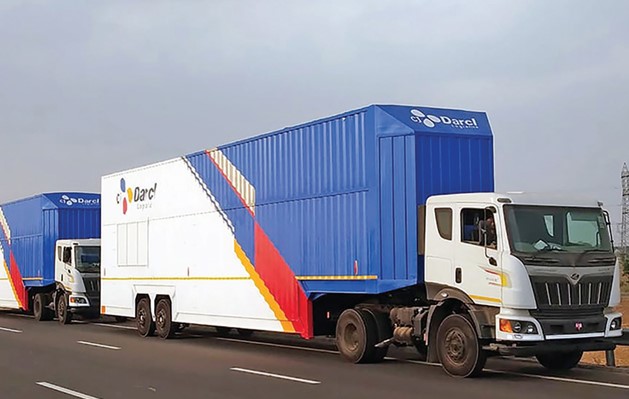Stainless steel containers are revolutionizing the logistics industry by offering lightweight, durable, and sustainable solutions. With increasing demand for eco-friendly practices, companies like Jindal Stainless are paving the way for greener logistics through collaborations, such as their recent partnership with CJ Darcl Logistics.
Why Stainless Steel Containers Matter: The logistics sector is a vital part of any economy, and with the growth of industries like e-commerce and manufacturing, efficient transportation of goods is critical. Stainless steel containers provide a significant advantage over traditional carbon steel containers, offering better durability, safety, and cost-efficiency.
Key Advantages of Stainless Steel Containers:
- Lightweight and Sustainable: Jindal Stainless introduced stainless steel containers that weigh approximately 500 kilograms less than traditional containers. This weight reduction increases cargo capacity, improves fuel efficiency, and lowers operational costs, making them an environmentally friendly choice.
- Enhanced Durability and Safety: Stainless steel, particularly JT grade stainless steel, offers superior resistance to impact and fire. These properties ensure longer container lifespans with minimal maintenance, improving overall safety and durability.
- Non-Contaminating Properties: As an inert material, stainless steel does not react with the goods being transported, preventing contamination. This makes it an ideal solution for transporting sensitive items like polymers, batteries, and rubber.
- Reduced Carbon Footprint: The use of stainless steel significantly reduces the environmental impact. With lower maintenance requirements and longer lifespans, these containers provide a sustainable solution that benefits both the industry and the environment.
Stainless Steel Containers and the Future of Logistics: Jindal Stainless is leading the charge in making logistics more sustainable. By replacing traditional materials with stainless steel, the company is setting a precedent for the future of transportation. This shift not only addresses the industry’s need for more sustainable solutions but also offers cost-effective and durable alternatives.







